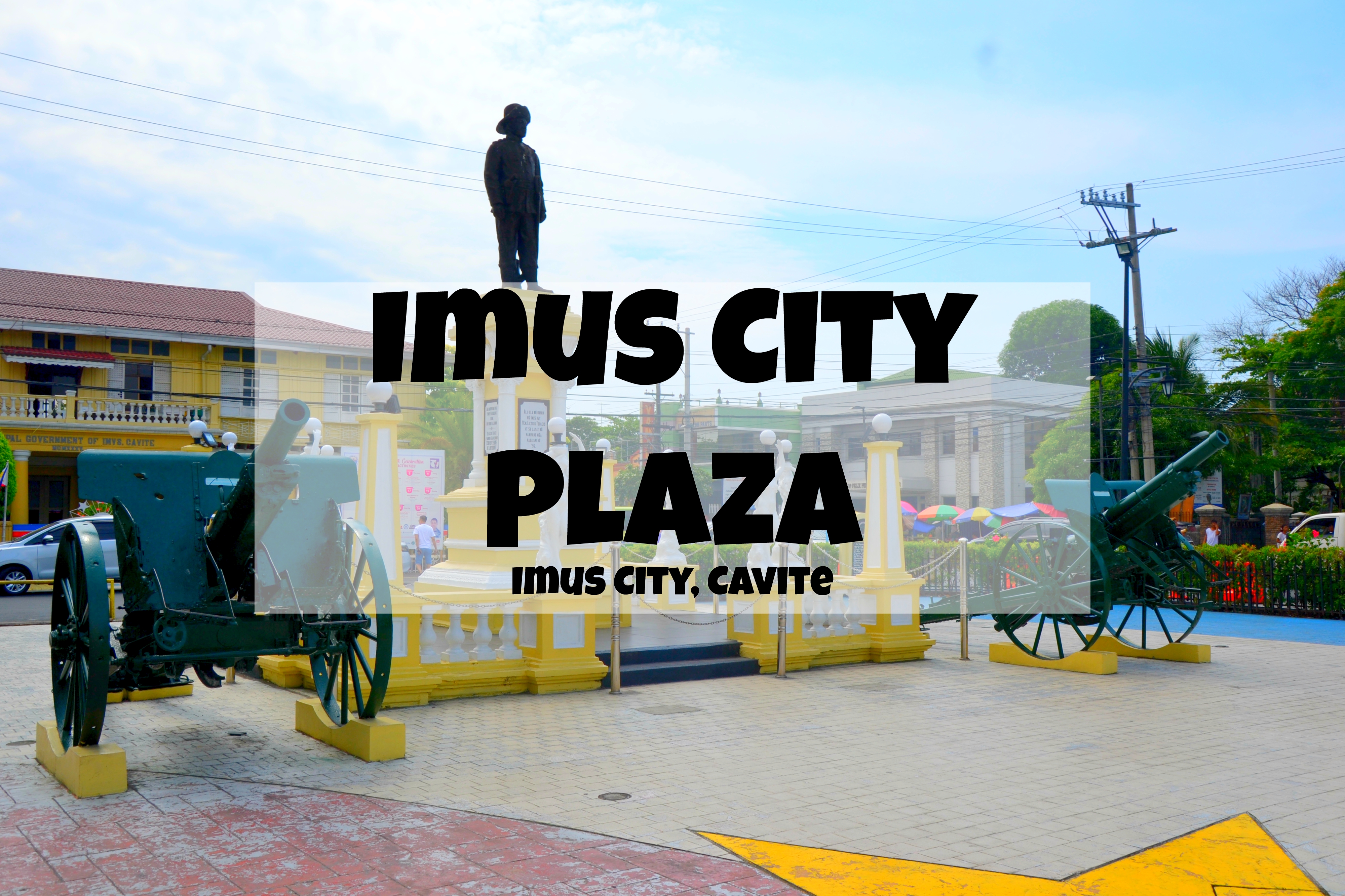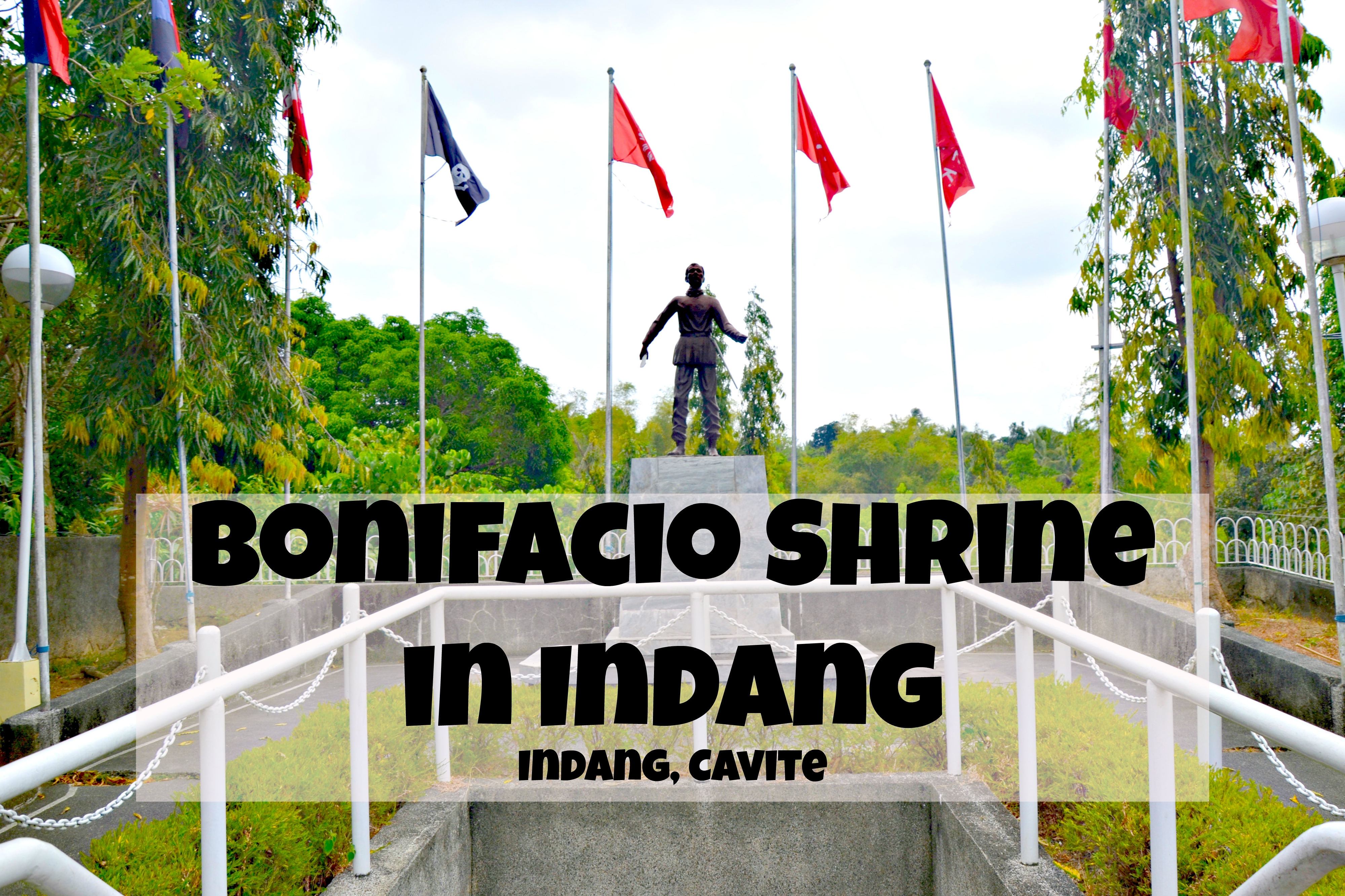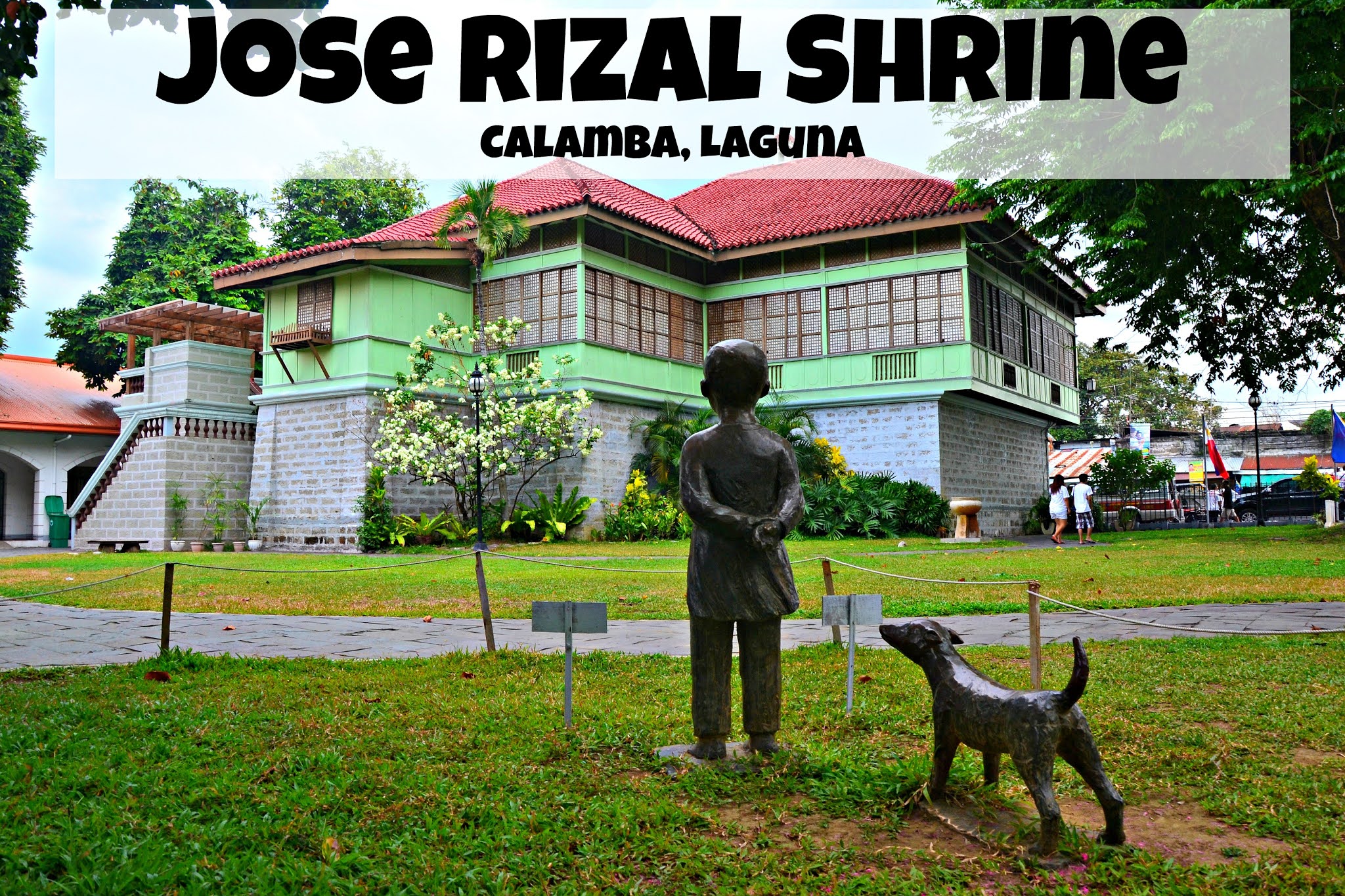Chitose Shrine - Hokkaido
Chitose Shrine (千歳神社) is the main shrine of the city of Chitose. It is located at 1 Shincho, in Chitose City in Hokkaido Prefecture, Japan.
 |
| Chitose Shrine |
Chitose Shrine details
Chitose Shrine, formerly known as Benzaiten-kosha Shrine Higashiiji, holds a significant place in the history and culture of Shikotsu, Hokkaido. Its origins can be traced back to 1658 when it was initially established and the deity Benzaiten was enshrined. Over the years, the shrine has undergone several changes and renovations, evolving into the magnificent structure we see today.
 |
| Chitose Shrine - Chitose City, Hokkaido Prefecture |
In the early 19th century, Jidayu Takahashi, an official at the Yufutsu Station, played a vital role in shaping the shrine's identity. Takahashi had explored the southern part of Sakhalin and was highly regarded for his achievements. In 1803, he decided to enshrine the Shikotsu Inari Daimyojin, a guardian deity from Fushimi, Kyoto, to protect the Shikotsu area. This act not only solidified the shrine's significance but also had a direct impact on the prosperity of salmon fishing in the region.
 |
| Chitose Shrine's main torii |
 |
| The main torii and the shrine's office |
 |
| There is a tourist info board installed near the main torii of the shrine |
 |
| The stairs up to the shrine |
As the salmon fishing industry flourished in the Shikotsu Area, the demand for Benzaiten grew. In response to this, a second Benzaiten-do was constructed in 1658 during the Kyōwa period. This addition further enhanced the spiritual aura of the shrine, attracting pilgrims and visitors from far and wide.
Chitose Shrine's Main Hall
 |
 |
 |
 |
 |
 |
One intriguing aspect of Chitose Shrine's history lies in the change of its name. In the second year of Bunka, a Hakodate Magistrate named Shoyo Hata had the name of the shrine changed from "Shikotsu" to "Chitose." The reason behind this decision is beautifully inscribed on the back of the Benzaiten's shrine, which was dedicated during the same year. The document carries the tale of how the Hakodate Magistrate played a pivotal role in renaming the shrine and bestowing it with a new identity.
Things to see in Chitose Shrine grounds
In 1898, the main enshrined deity was changed to Toyouke Hime Okami, a goddess associated with agriculture and food. This change reflected the shifting needs and beliefs of the local community. The shrine's transformation continued in 1912 when it was formally renamed Chitose Shrine, leaving behind its previous connection to the Inari deity. To commemorate this new chapter, the shrine underwent another renovation, adopting the architectural style known as Shinmei-zukuri.
 |
| Chitose Shrine's chozuya |
 |
| Chitose Shrine's chozubachi |
The current form of Chitose Shrine, which graces the city of Shikotsu today, was completed in 1976. Its construction beautifully embodies the distinctive aspects of the Shinmei-zukuri style, characterized by a grand and symmetrical design. The shrine's architectural grandeur stands as a testament to the rich history and cultural heritage of the area.
Chitose Shrine inari
Presently, Chitose Shrine enshrines two deities, Toyouke Hime no Okami and Ichiki Shima Hime no Mikoto. The shrine covers a vast area of 307.9 square meters and serves approximately 30,000 households. It continues to be an essential spiritual and community center, attracting numerous visitors who seek solace, blessings, and a connection to the region's vibrant past.
My family and I visited Chitose Shrine for the first time last October 10, 2022, during our “October 8-10” Road Trip. It was my 343rd day in Japan as an ALT under the JET Programme. Like most of our shrine visits, my family and I paid our respects and offered our prayers. We also made some wishes as part of our tradition after visiting a religious destination for the first time.
Chitose Shrine fees:
It’s FREE to enter and explore Chitose Shrine grounds. However, if you plan to avail of the goshuin or shrine charms then make sure that you bring cash.
Chitose Shrine Operating Hours:
Chitose Shrine grounds are open 24/7. However, the shrine office is open from 9 AM to 5 PM.
Why visit Chitose Shrine?
Chitose Shrine stands as a symbol of the enduring traditions and the deep-rooted spirituality within the Shikotsu community. Its historical significance and architectural splendor make it a must-visit destination for those exploring the cultural heritage of Hokkaido. Aside from that, if you collect goshuin, then this shrine is a must-visit.
Getting to Chitose Shrine
From New Chitose Airport, walk to the New Chitose Airport (JAL) (Bus) (New Chitose Airport Line/Outbound) bus stop and board the Airport Shuttle Bus Shikotsuko of the New Chitose Airport Limousine Bus.
Board down at the Honcho 2 Chome bus stop. Walk for about 700 meters going to Chitose Shrine.
Travel time: 32 meters
Fare: 230 yen
Ratings
| Cleanliness |
| Overall rating |
 |

























Comments
Post a Comment